Motion sickness affects millions of people worldwide—whether it's during a bumpy car ride, a turbulent flight, or even while scrolling through a fast-moving video. Despite how common it is, the exact neurological mechanisms behind motion sickness have remained somewhat of a mystery. Now, groundbreaking research using advanced simulators and brain imaging is shedding new light on what happens in the brain when nausea strikes.
In a recent study, researchers recruited dozens of volunteers—many of whom were known to be susceptible to motion sickness—for a controlled experiment inside a high-tech motion simulator. The goal? To safely induce motion sickness while monitoring real-time brain activity using functional MRI (fMRI) and EEG technology.
The simulator mimicked the disorienting movements that often trigger nausea—such as sudden turns, accelerations, and conflicting visual-vestibular signals—while participants remained inside a brain scanner. These conflicting signals, where the eyes see one thing and the inner ear senses another, are believed to be at the core of motion sickness.
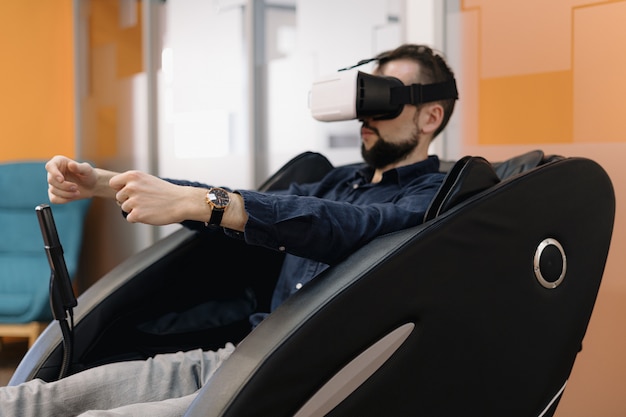
Researchers used a motion simulator to recreate nausea-inducing conditions while scanning brain activity.
As participants began to feel queasy, scientists observed distinct patterns of brain activation. Areas involved in sensory integration, such as the insular cortex and the cerebellum, showed increased activity. The insula, in particular, lit up significantly—this region is known to process internal bodily states, including nausea and discomfort.
Interestingly, researchers also noted changes in the prefrontal cortex, which governs decision-making and self-awareness. This suggests that the brain isn’t just reacting to physical discomfort—it’s also actively trying to make sense of the conflicting signals and predict future outcomes.
These findings provide strong evidence that motion sickness isn’t just a simple mismatch between vision and balance—it’s a complex neurological response involving multiple brain networks responsible for perception, emotion, and homeostasis.
Understanding the brain’s role in motion sickness opens the door to better treatments and preventive strategies. Currently, most remedies—like antihistamines or ginger—target symptoms rather than the root cause. But by identifying the precise brain circuits involved, scientists may develop targeted therapies such as neurofeedback, non-invasive brain stimulation, or even personalized medication regimens.
This research could also benefit industries where motion sickness is a major concern. For example, virtual reality (VR) developers could use these insights to design more comfortable experiences by minimizing sensory conflict. Similarly, aerospace and automotive engineers might use the data to improve cabin design and motion dampening in vehicles.
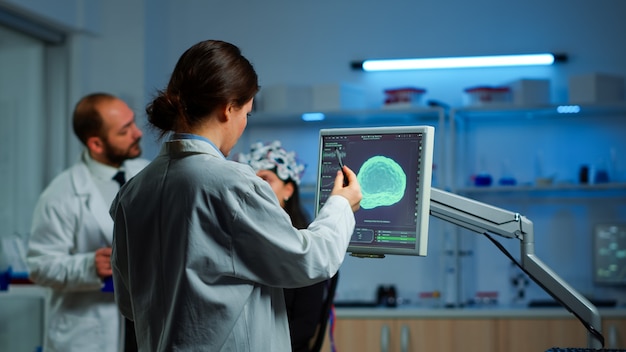
fMRI scans revealed heightened activity in the insular cortex and cerebellum during motion sickness episodes.
None of this would have been possible without the willingness of study participants to endure discomfort for science. Researchers carefully monitored each individual, ensuring safety and stopping tests at the first signs of severe distress. Still, many reported classic symptoms: dizziness, sweating, pallor, and nausea.
Their contribution is invaluable. By volunteering to experience motion sickness in a controlled environment, they’ve helped generate data that could one day lead to real relief for millions.
While this study marks a significant step forward, researchers acknowledge that more work is needed. Future studies may explore how factors like age, gender, and prior exposure to motion affect brain responses. Long-term goals include developing wearable devices that detect early signs of motion sickness and intervene before symptoms escalate.
Additionally, scientists are investigating whether people can be trained to become less susceptible over time—similar to how astronauts adapt to microgravity. Neuroplasticity, the brain’s ability to rewire itself, may hold the key to building resilience against motion-induced discomfort.
Motion sickness is more than just an inconvenience—it’s a complex neurological phenomenon rooted in how our brains interpret sensory information. Thanks to innovative research using simulators and brain imaging, we’re closer than ever to understanding its origins and developing effective solutions.
For the millions who dread long car rides or avoid VR headsets, these findings offer hope. Science is finally catching up with one of the body’s most puzzling—and pervasive—quirks.

Health

Health

Health

Health

Health

Health
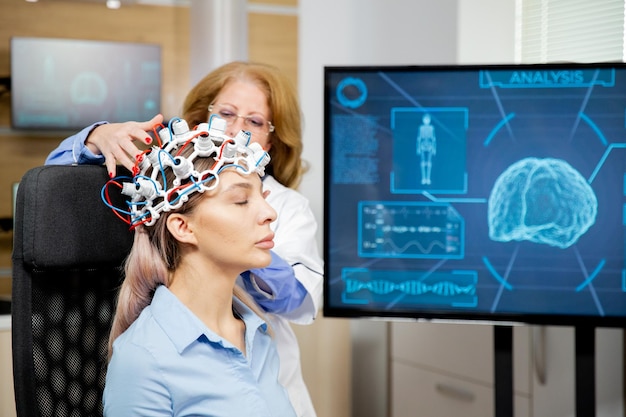
Health
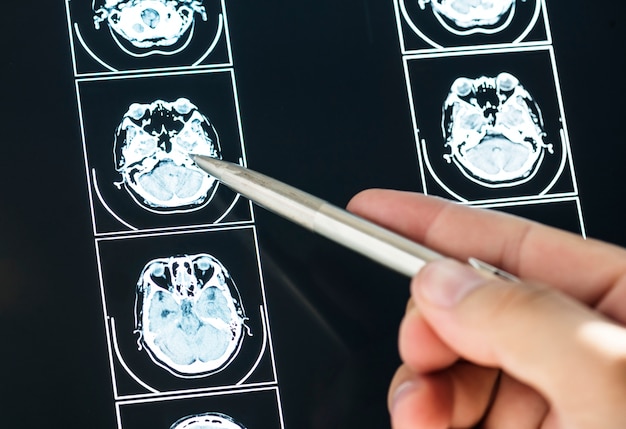
Health

Health
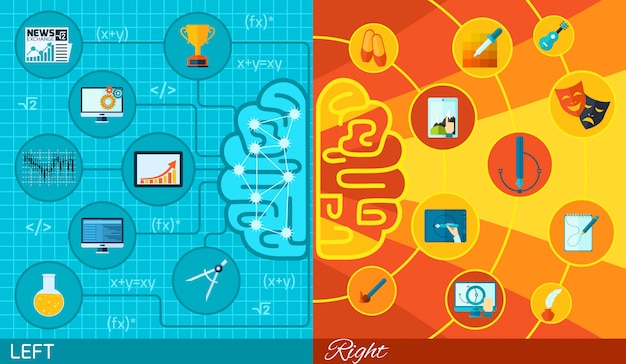
Health

Health

Fitness

Health

Health